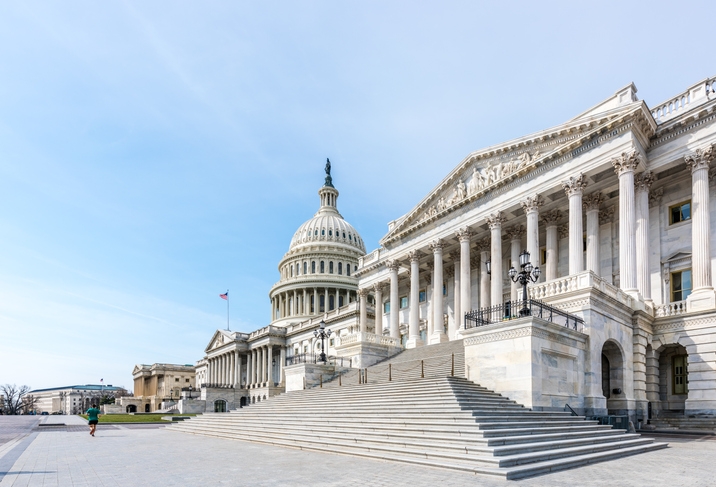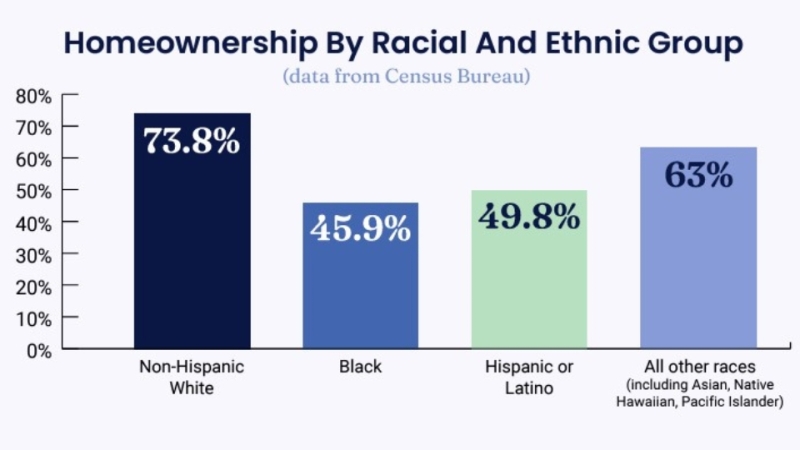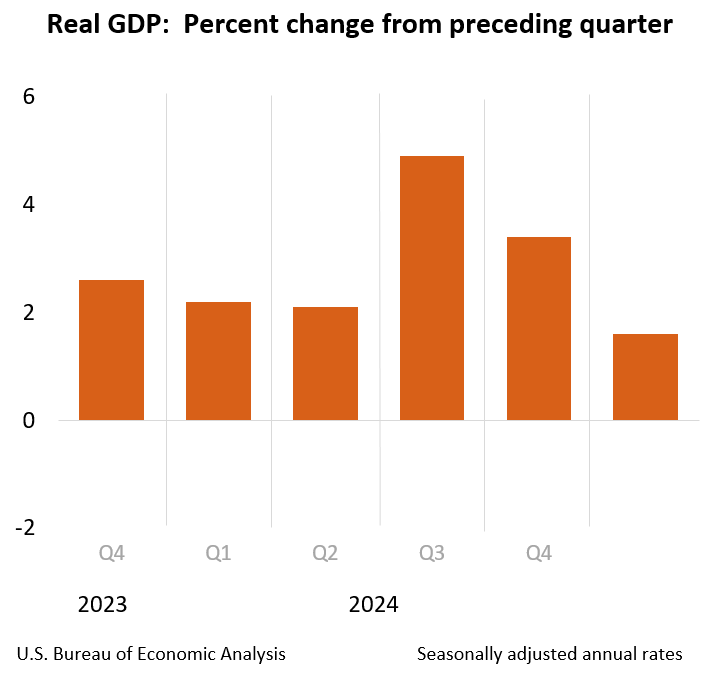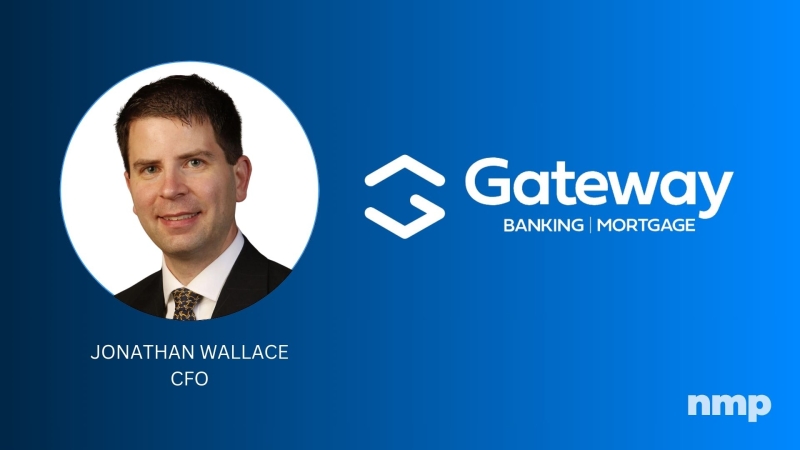Advertisement
Trump’s GSE Reform Plan Unveiled

The Trump Administration released its plan to end the federal conservatorship of the government-sponsored enterprises (GSE), offering a mix of reforms that could be enacted by both the legislative and executive branches of government.
“The housing finance system is in serious need of reform,” the proposal stated. “The GSEs remain in conservatorship more than 10 years after the financial crisis, and they continue to be the dominant participants in the housing finance system. Although they remain critical to the functioning of that system, they are not yet subject to capital and other regulatory requirements tailored to the risks they pose to financial stability. This lack of reform has left taxpayers exposed to future bailouts.”
President Trump originally signed a Presidential Memorandum to revamp the GSE structure on March 27.
The 53-page proposal was mostly a summary of potential strategies. The key elements of the proposal, which was created in collaboration between the Departments of the Treasury and Housing and Urban Development (HUD), focus on ending the federal conservatorship of the GSEs while reducing the role of the federal government in the secondary market. Central to the proposal is an increased level of private sector competition in the housing finance system, with the recommendation that Congress update the Dodd-Frank Act “level the playing field between the GSEs and private sector.” The proposal also called on rewriting the Consumer Financial Protection Bureau’s Qualified Mortgage rule and eliminating the QM patch and redefining both the limits of the GSEs’ activities and the regulatory framework surrounding private-label securitization. The plan also touched on the GSE’s capital cushion, which is now at $3 billion, without offering a defined game plan for the issue.
“The Trump Administration is committed to promoting much needed reforms to the housing finance system that will protect taxpayers and help Americans who want to buy a home,” said Treasury Secretary Steven Mnuchin. “An effective and efficient federal housing finance system will also meaningfully contribute to the continued economic growth under this Administration.”
HUD Secretary Ben Carson noted the proposal would achieve four key goals sought by his Department: A refocusing of the Federal Housing Administration (FHA) back to its core mission, the protection of taxpayers from being forced to finance bailouts of major lenders, the ability for the FHA and Ginnie Mae to better manage risk and a reliable liquidity source for the housing finance system.
“As a direct result of the Trump Administration's pro-growth policies, unemployment is at 50-year low and American families are earning higher incomes and enjoying more opportunities than seemed possible just a few years ago,” said Secretary Ben Carson. “There is still one piece of unfinished business from the financial crisis: housing finance reform. These changes to our housing finance system will help more American families achieve their dream of owning a home.”
Mnuchin, Carson and Federal Housing Finance Agency (FHFA) Director Mark Calabria are scheduled to appear before the Senate Banking Committee on Sept. 10 to discuss the proposal at greater length. The proposal stressed that it wanted to create a cooperative collaboration between the White House and Congress on building a post-conservatorship environment. Back in May while addressing an MBA Conference, Calabria warned that maintaining conservatorship “puts hardworking American taxpayers unfairly at risk” because Fannie Mae and Freddie Mac remain “Too Big to Fail” and have grown much larger over the last 11 years.
“Although Treasury does not believe a government guarantee is required, Treasury would support legislation that authorizes an explicit, paid-for guarantee backed by the full faith and credit of the federal government,” the plan stated.
However, the chances for bipartisan support for the proposal were quickly put in doubt by Sen. Sherrod Brown (D-OH), ranking member of the Senate Banking Committee, who issued a statement claiming the plan “will make mortgages more expensive and harder to get.”
However, the chances for bipartisan support for the proposal were quickly put in doubt by Sen. Sherrod Brown (D-OH), ranking member of the Senate Banking Committee, who issued a statement claiming the plan “will make mortgages more expensive and harder to get.”
Reaction across the housing finance and real estate industries to the proposal was positive, albeit with some degree of caution on bringing the idea to fruition. Robert D. Broeksmit, president and CEO of the Mortgage Bankers Association (MBA), noted that the proposal included several proposals put forth by the trade group, including the protection taxpayers from future bailouts, an explicit government guarantee on qualified mortgage-backed securities for single-family and multifamily loans, increased competition and consumer choice with new private-sector guarantors and the ability for smaller players to compete in the secondary market.
“MBA looks forward to working with the Administration, Congress, and regulators as they address the large number of issues identified in the reports, including the appropriate role the GSEs play in the single-family and multifamily markets,” Broeksmit said. Housing is a critical piece of the American economy, and reform efforts must ensure the uninterrupted flow of affordable mortgage credit for qualified borrowers through all economic cycles and in all parts of the country.”
National Association of Realtors (NAR) President John Smaby commended the Trump Administration for “initiating thoughtful, genuine effort toward housing finance reform. We look forward to reviewing the proposal in more detail and are optimistic that, at a minimum, the White House’s efforts will shed light on the remaining mile markers on the path to reform, along with the critical role the GSEs and Federal Housing Administration play in America’s housing market.”
The National Association of Federally-Insured Credit Unions (NAFCU) President and CEO Dan Berger stated that his organization “continue to work with the administration, Treasury and Congress to ensure guaranteed access to the secondary mortgage market for lenders of all sizes, loan pricing at the GSEs that is based on quality not quantity, and the establishment of an explicit government guarantee at the GSEs to provide certainty in the marketplace.”
Eric Kaplan, director of the Milken Institute Housing Finance Program, observed that the proposal should be seen as a work in progress.
“The ramifications of these plans, their agendas, and execution—and the pivotal question of how Congress responds—will dramatically impact how we finance homeownership for the next generation,” he said. “The significance cannot be overstated. We are poring through the plans and will spend the coming weeks and months collaborating with industry and government stakeholders on the details and rollout. This is no longer an academic or speculative exercise—the final push for comprehensive housing finance reform is now here.”
However, Moody’s Senior Vice President Yehudah Forster saw both positive and negative possibilities to the proposal.
“The Treasury proposals to level the playing field between the GSEs and private-label securitization (PLS) would likely create a larger, more diverse PLS market,” Forster said. “Existing and new PLS sponsors would step in to finance at least a portion of mortgages that the GSEs no longer compete as strongly for or stop targeting, such as cash-out refinancings or investor loans. The influx would likely introduce riskier pools or shelves into the issuance mix.”
Michael Fontaine, chief operating officer and chief financial officer of wholesale and correspondent lender Plaza Home Mortgage, said: “There’s a lot to digest and a lot of detail still to come. What Treasury has provided are a number of high level concepts, and also a sense of the logic behind them, which is a plus. The big unanswered questions revolve around how Treasury intends to accomplish its goals. Many of the concepts require legislative action and then administrative changes, so timing is a big question. Keeping and privatizing both GSEs, bringing them out of conservatorship, reducing the government’s exposure to mortgage risk but still maintaining an explicit guaranty are all positives in that they, hopefully, won’t disrupt the housing industry. The goal of preserving of the 30-year fixed rate mortgage is also a positive.”
About the author





